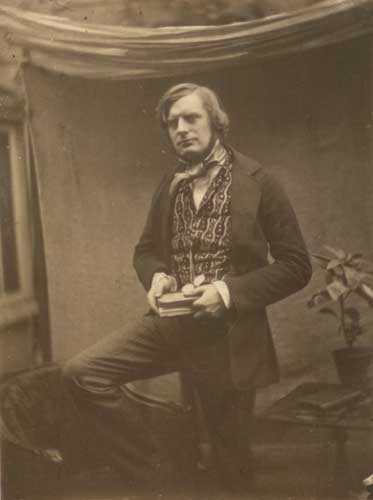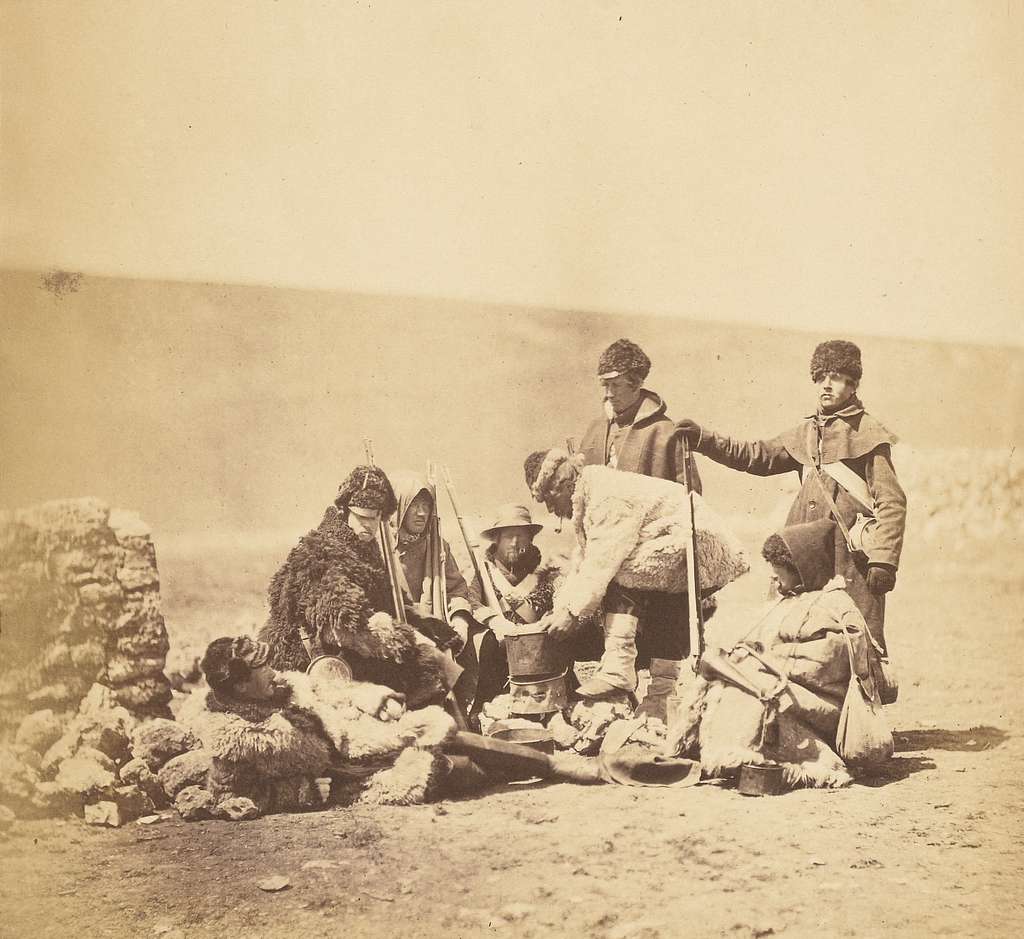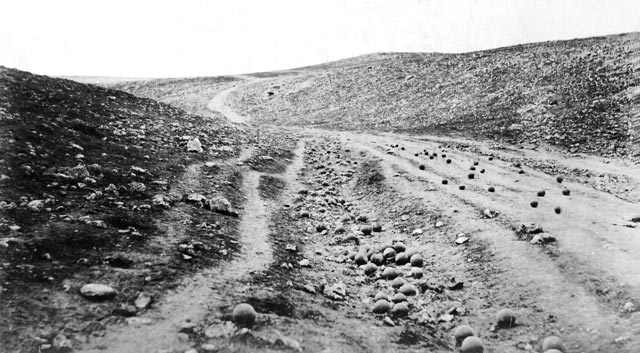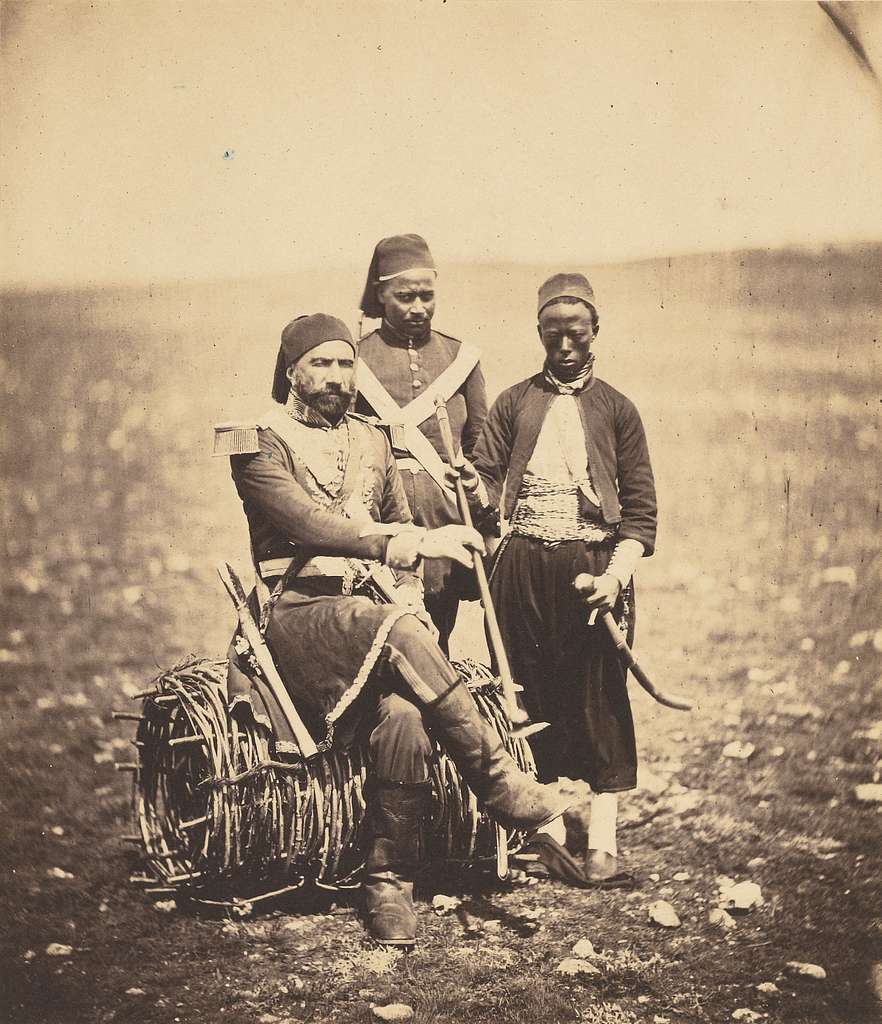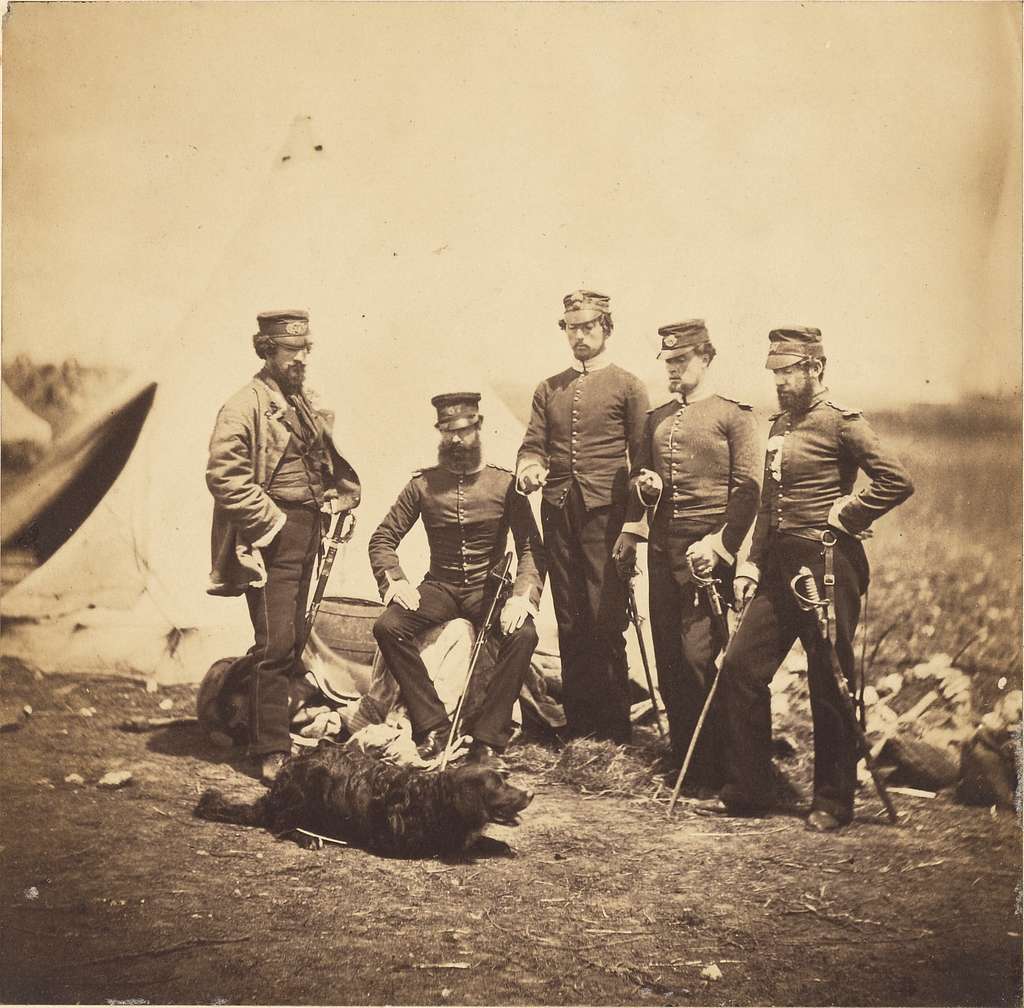What is Photojournalism? A Complete Guide to the Art of Visual Storytelling
Photojournalism is a type of journalism that uses photography to tell news stories. It is a visual form of reporting that captures real events and moments, bringing news to life through images. Photojournalists take pictures of current events, people, and places that help explain, document, or highlight the important stories of the day.
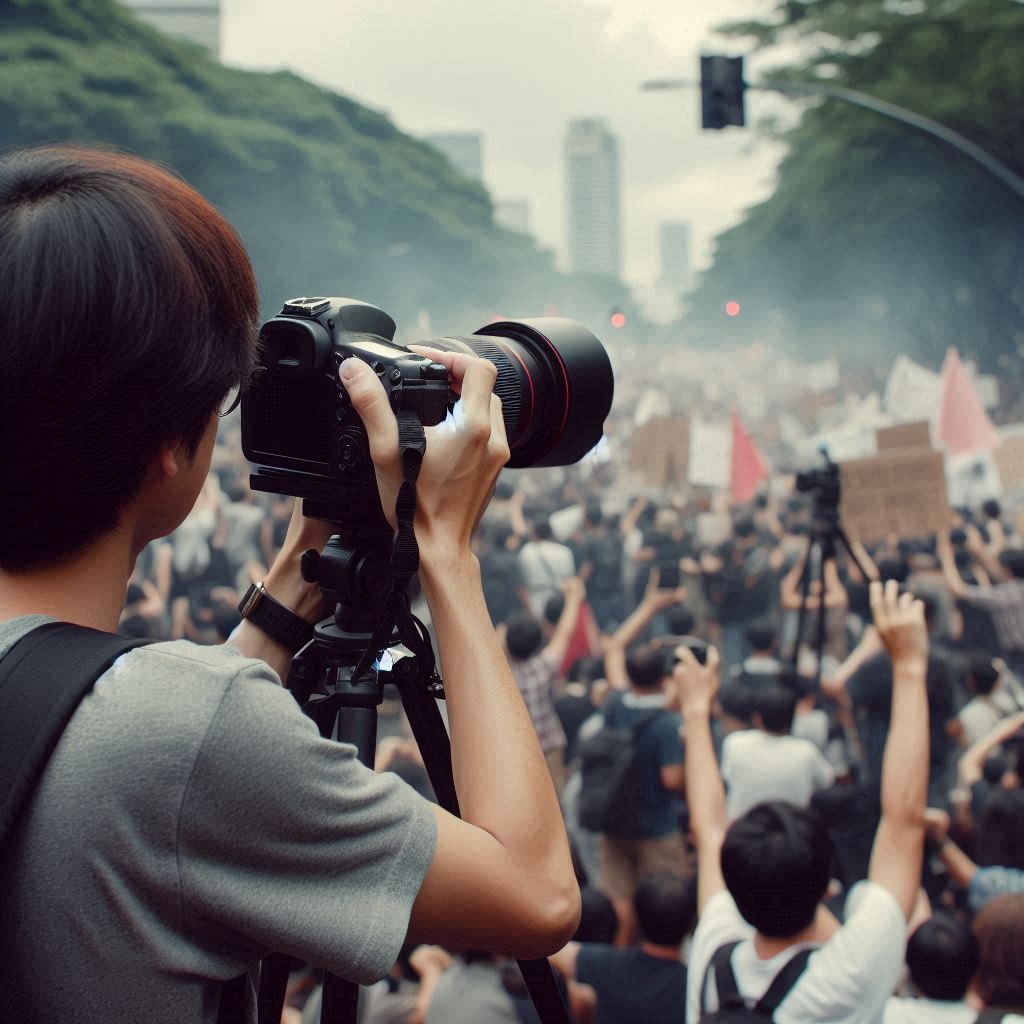
The Role of Photojournalists
A photojournalist’s job is to document events and share them through powerful, real-time images. These photographers capture the essence of a story by focusing on moments that convey information, emotion, and atmosphere. While traditional journalists rely on words to inform the public, photojournalists provide a visual record of the world, often adding depth and understanding to a news story.
Photojournalists work for various media outlets such as newspapers, magazines, TV stations, and online platforms. They are often sent to the frontlines of news events, ranging from wars and protests to natural disasters and human interest stories. The best photojournalists are observant, quick to respond, and skilled at capturing images that tell a story in a single frame.
Key Features of Photojournalism
1. Truthfulness and Accuracy
One of the core principles of photojournalism is the commitment to truth and accuracy. A photojournalist’s duty is to capture real, unaltered moments that reflect what is happening at the time. This is important because images have the power to influence how people understand events. Photojournalists aim to create images that are not only accurate but also fair and impartial.
2. Objectivity
Photojournalism differs from artistic photography in that it strives to remain neutral and objective. A photojournalist doesn’t take sides or manipulate the scene to create a particular emotional response. The goal is to provide a factual visual record of the story without inserting personal bias. This objective approach helps maintain the integrity of the work and allows viewers to form their own opinions based on the photographs.
3. Impact
Photojournalism has the ability to create strong emotional reactions. A single photo can tell a complex story, convey deep emotion, and bring attention to important issues. Iconic images from history, such as photos from the Vietnam War or the Civil Rights Movement, have sparked global awareness and changed the course of history. This emotional power makes photojournalism one of the most impactful forms of visual communication.
4. Timeliness
Photojournalism is inherently timely. Photos must be captured and published quickly to be relevant. Whether it’s an accident, a protest, or a major international event, photojournalists need to be able to respond immediately, capturing scenes that accurately represent what’s happening in the moment. The fast-paced nature of news means photojournalists are often working under tight deadlines, with little time for planning.
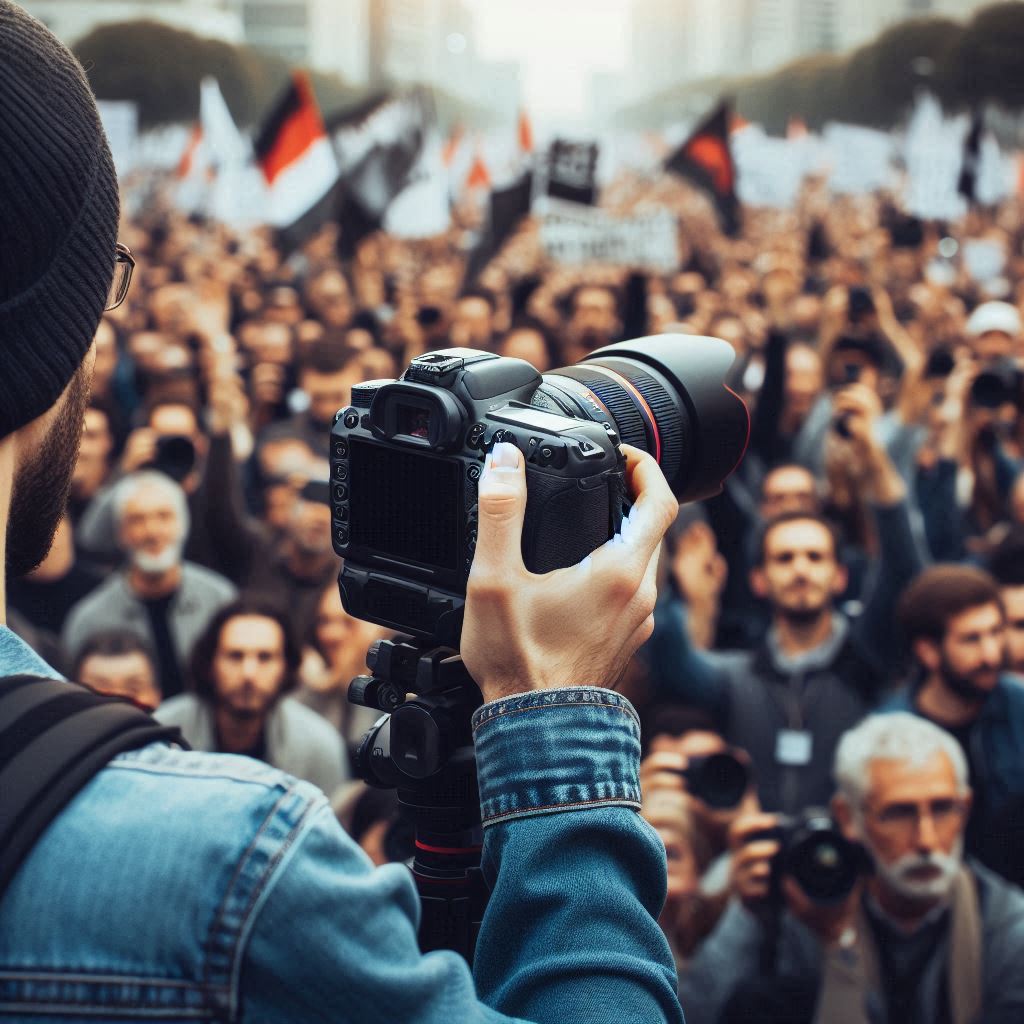
History of Photojournalism
The history of photojournalism dates back to the mid-19th century. The first known photojournalistic work was produced during the Crimean War (1853-1856), when photographers such as Roger Fenton used their cameras to document the horrors of war. However, it wasn’t until the early 20th century that photojournalism gained prominence as a formal profession.
In the 1930s and 1940s, photojournalism evolved rapidly with the help of magazines like Life and National Geographic. These publications became pioneers of visual storytelling, using photos to bring faraway places and major events into readers’ homes. During this period, photographers like Robert Capa, Dorothea Lange, and Margaret Bourke-White gained recognition for their striking images of war, poverty, and political change.
The post-World War II period saw the birth of the modern photojournalism industry. Magnum Photos, founded in 1947 by photographers including Henri Cartier-Bresson and Robert Capa, provided a platform for photojournalists to share their work and document major global events.
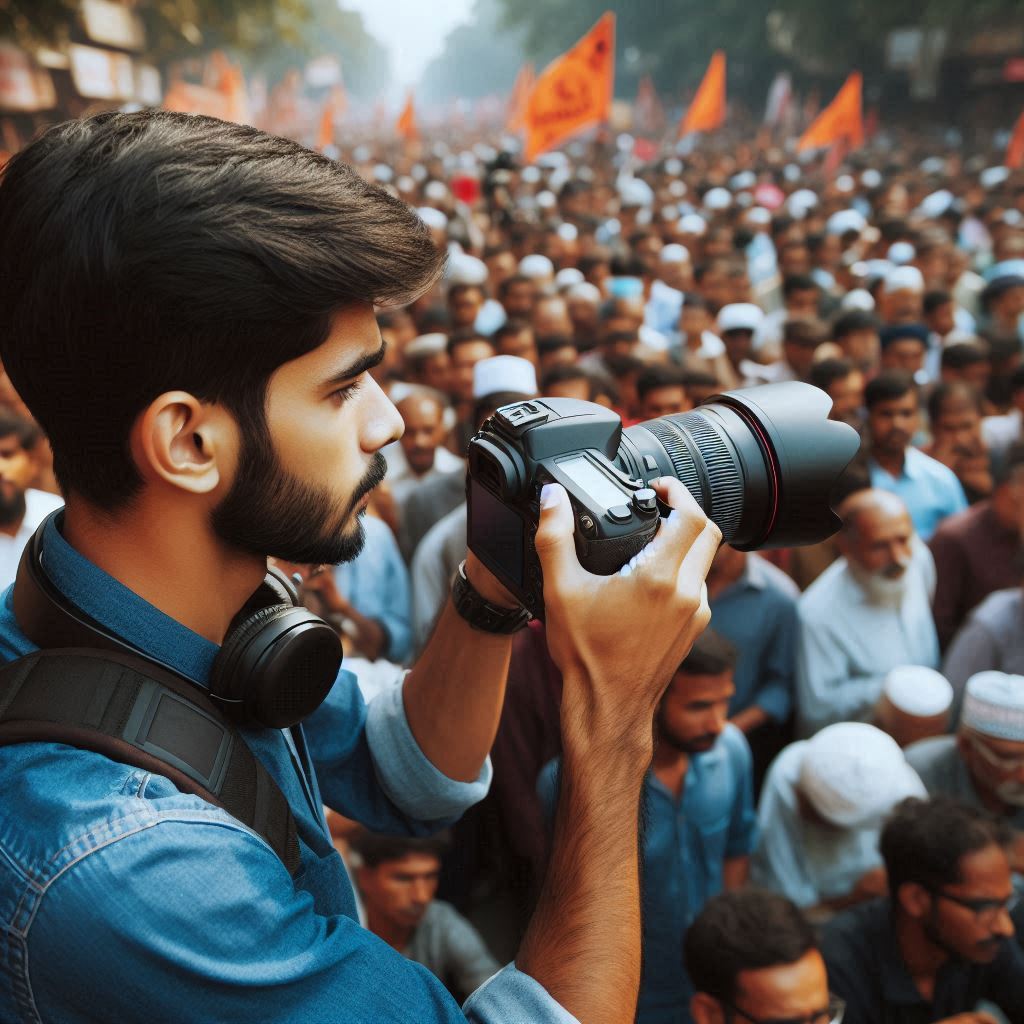
Types of Photojournalism
Photojournalism is a diverse field that encompasses several different types of photography. Each type has its own specific focus, style, and purpose:
1. News Photography
This is the most immediate type of photojournalism. News photographers capture breaking news events such as accidents, political rallies, or protests. These images must be taken as quickly as possible and represent the event accurately, often with little time for preparation. News photographs are typically featured in newspapers, websites, and news broadcasts.
2. Documentary Photography
Documentary photojournalism involves longer-term projects that capture a series of events, issues, or themes over time. This type of photography often provides a deeper understanding of a subject by following it through various stages. Documentary photographers may work on stories about social issues, environmental challenges, or historical events. Their photos aim to tell the larger story behind the news.
3. Feature Photography
Feature photography focuses on human interest stories, often depicting everyday life, personal moments, or lifestyle topics. These images are more artistic than news photos and are designed to evoke emotions and make a personal connection with the viewer. Feature photographs often accompany articles that explore culture, family life, and other aspects of society.
4. Sports Photography
Sports photographers specialize in capturing action shots during sporting events. These images freeze moments of movement, intensity, and emotion. Sports photography requires a deep understanding of the sport being covered and a quick reflex to capture the perfect shot, whether it’s a high-speed race or a tense moment in a game.
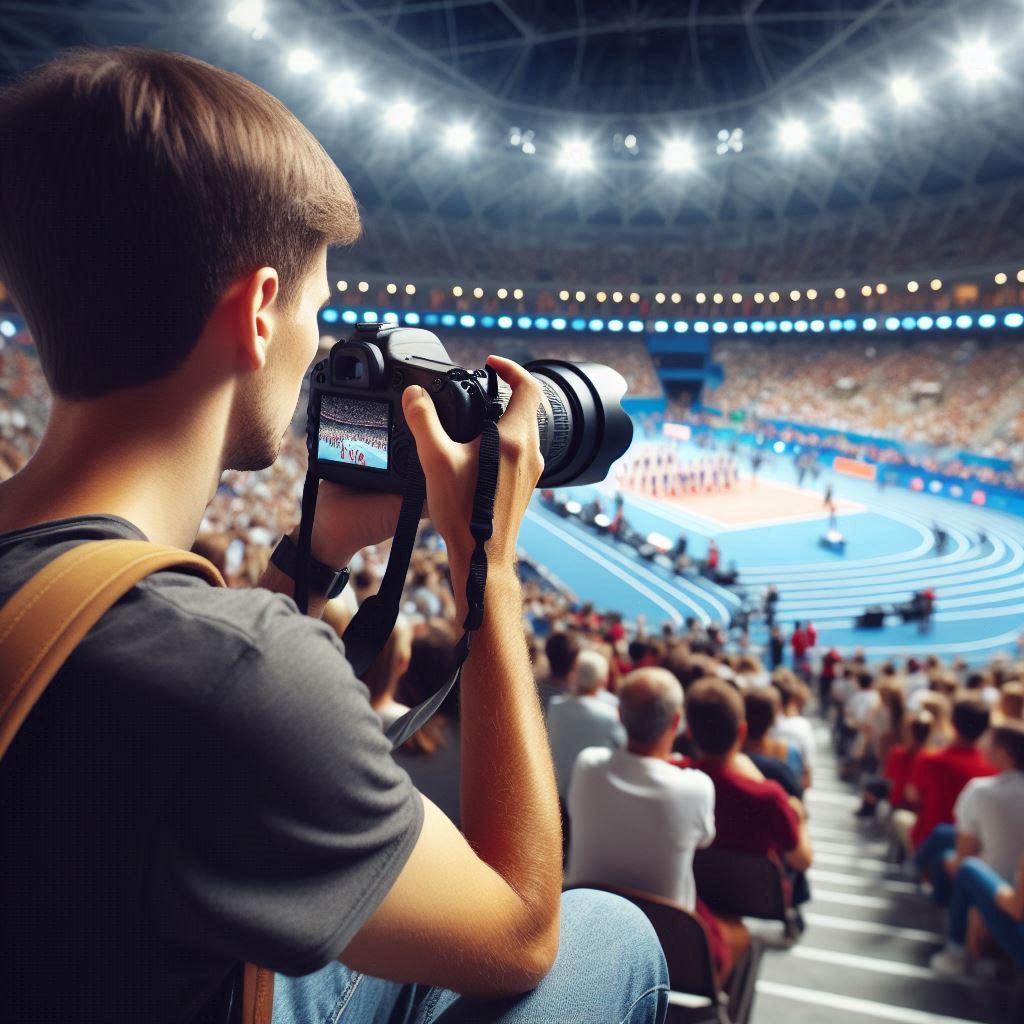
5. War Photography
War photographers document conflicts and their aftermath. These images often feature the harsh realities of war, such as destruction, human suffering, and the experiences of soldiers and civilians. War photography is one of the most challenging forms of photojournalism, as photographers are often exposed to danger. Their work has been crucial in shaping public perception of war.
Ethical Challenges in Photojournalism
Photojournalism, like all forms of journalism, has ethical standards that must be followed. Some of the most common ethical challenges include:
1. Manipulation and Alteration
Photographs should not be altered or manipulated to create a false representation of reality. In the digital age, it’s easier than ever to edit photos, but doing so can mislead the audience. A photojournalist’s goal is to capture what actually happens, not what they wish had happened.
2. Privacy
While photojournalists have a duty to report the truth, they also must respect individuals’ privacy. In certain situations, such as when photographing grieving families or vulnerable people, photojournalists must be sensitive to the emotional impact their work can have.
3. Sensitivity
Photojournalists covering sensitive topics, such as violence, death, or suffering, must be especially careful in how they portray these situations. They must strike a balance between documenting the truth and showing respect for the dignity of their subjects.
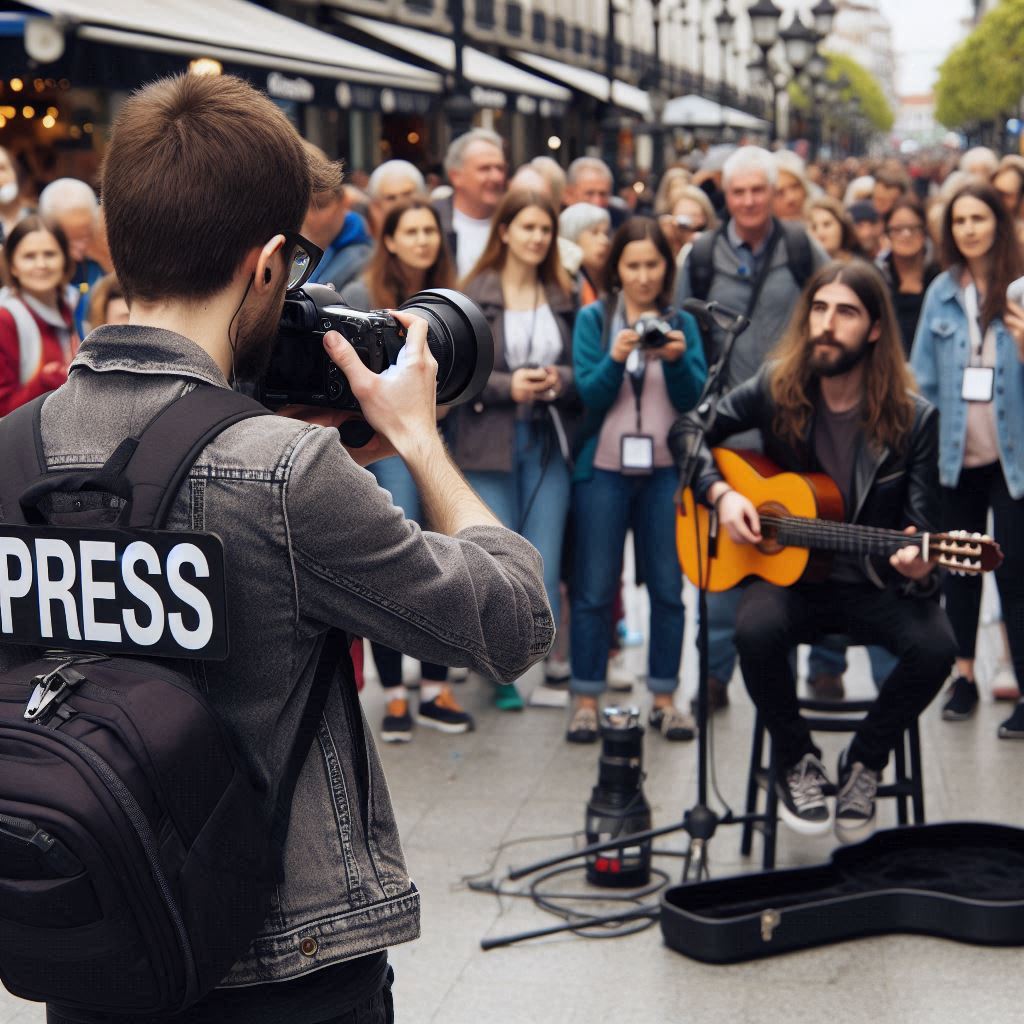
The Digital Age and Citizen Journalism
The rise of smartphones and social media has changed the landscape of photojournalism. Now, anyone with a phone can capture a moment and share it with the world instantly. This has led to the growth of citizen journalism, where ordinary people document events in real time and share them online.
Despite this, professional photojournalists still play a vital role. Their experience, technical skill, and adherence to ethical standards ensure that news photography remains accurate and impactful. Photojournalists continue to be indispensable in capturing important events, often with an angle or depth that social media pictures cannot provide.
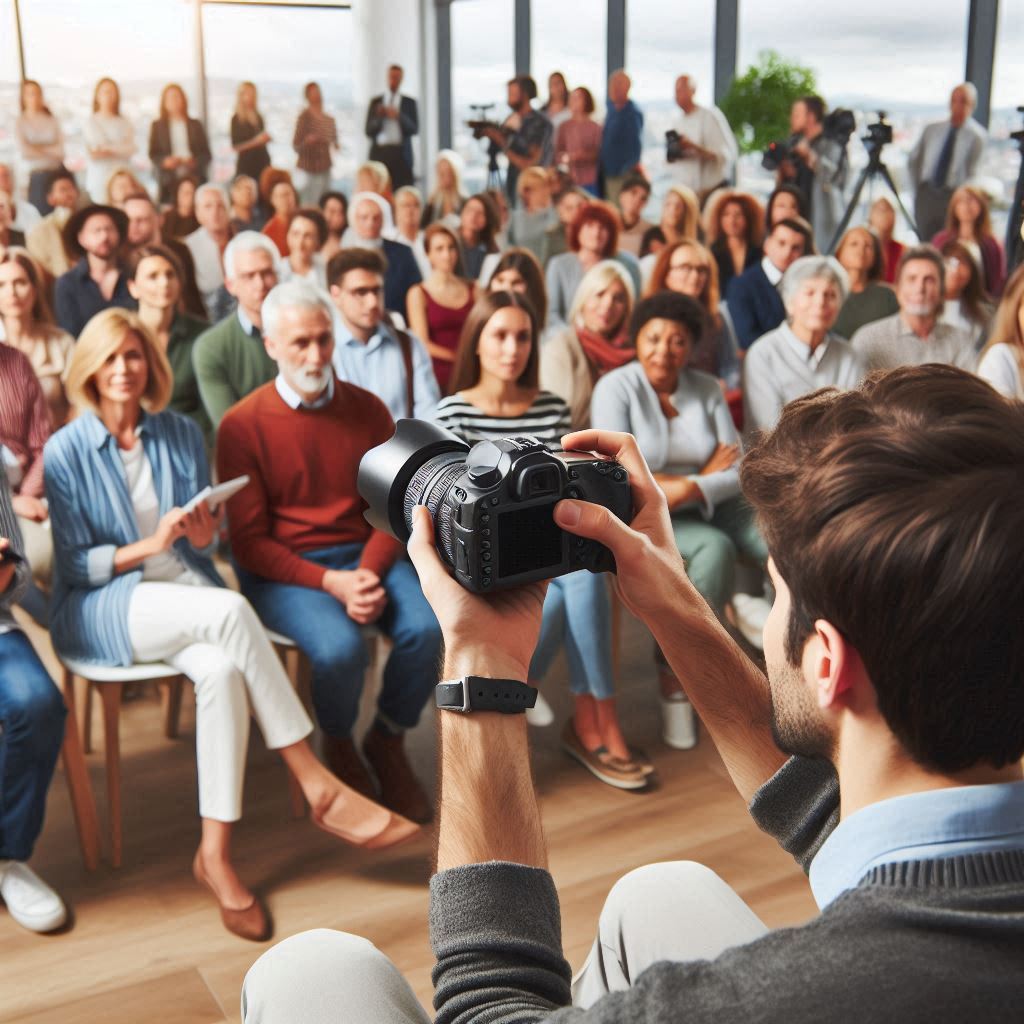
Renowned Photojournalists
Here are some famous photojournalists who have made significant contributions to the field:
- Henri Cartier-Bresson – Known as the father of modern photojournalism and famous for the concept of the “decisive moment.”
- Robert Capa – Renowned for his powerful war photography, especially his coverage of the Spanish Civil War and World War II.
- Dorothea Lange – Famous for her Depression-era photographs, particularly the iconic “Migrant Mother” during the Great Depression.
- Steve McCurry – Known for his powerful image “Afghan Girl” which appeared on the cover of National Geographic.
- Sebastião Salgado – Famous for his black-and-white photography that covers social issues, labor, and the environment.
- James Nachtwey – A well-known war photographer who has captured images of global conflicts and humanitarian crises.
- Margaret Bourke-White – One of the first female war correspondents and a pioneering photojournalist who worked for Life magazine.
- Eddie Adams – Best known for his iconic photograph of the execution of a Viet Cong prisoner during the Vietnam War.
- Richard Avedon – Though known for fashion photography, Avedon’s photojournalism also explored societal issues and human emotions.
- Garry Winogrand – Famous for his candid street photography that captured the essence of American life in the 1960s and 1970s.
These photographers are celebrated for their ability to capture powerful, emotive, and often historically significant moments.
Conclusion
Photojournalism is an essential form of journalism that uses photographs to tell stories, document events, and share important moments with the world. It has the power to inform, educate, and move people emotionally. From capturing political upheaval to documenting everyday life, photojournalists offer a unique and invaluable perspective on the world. With its focus on truth, objectivity, and impact, photojournalism will continue to shape how we understand and experience the news for years to come.

